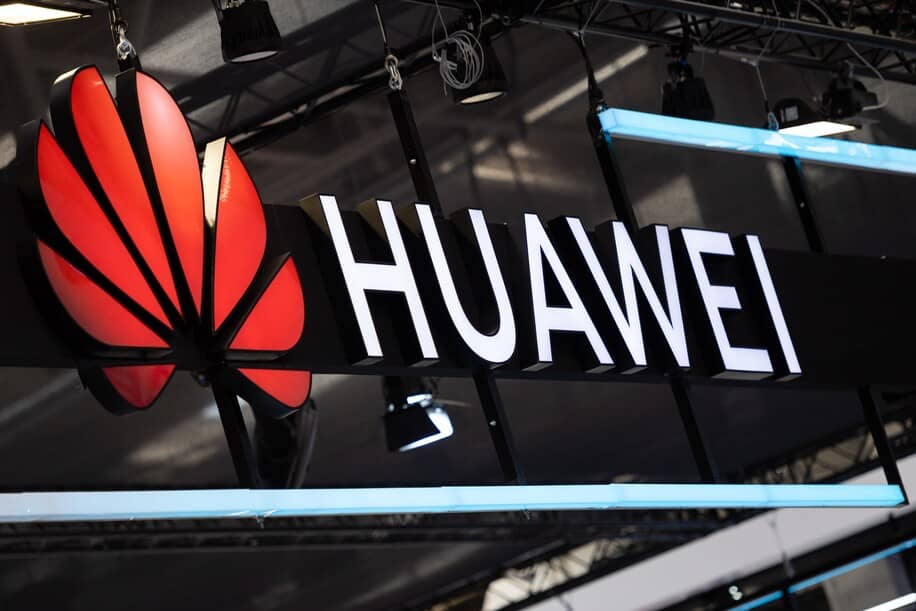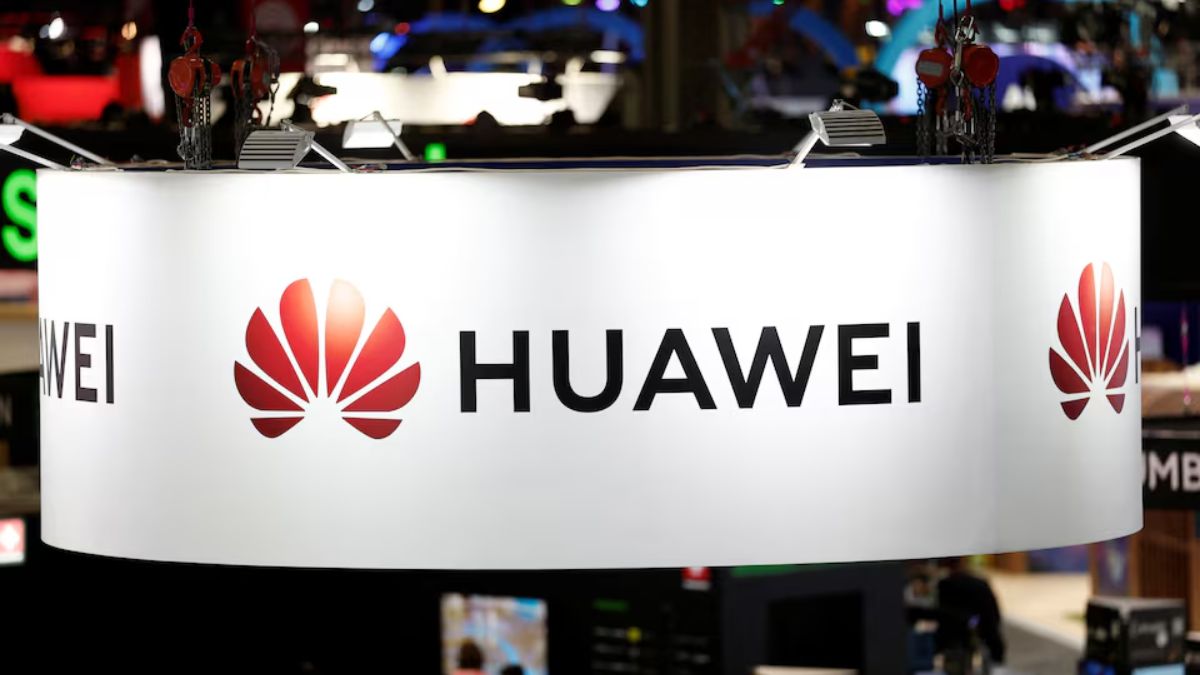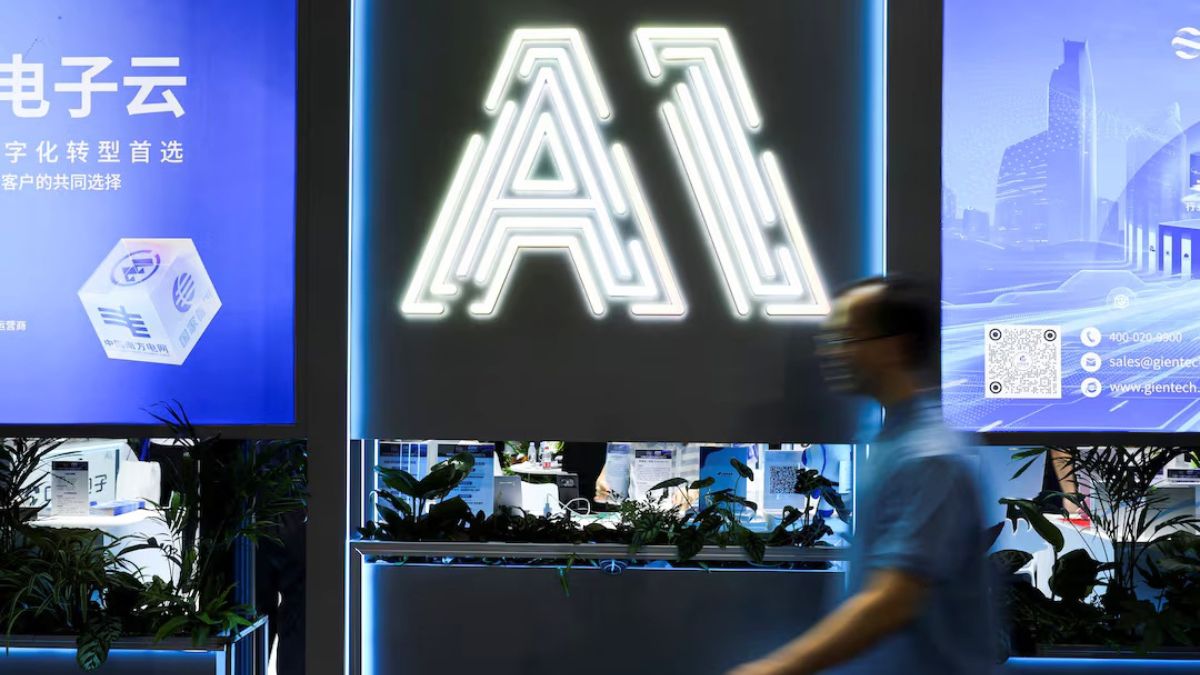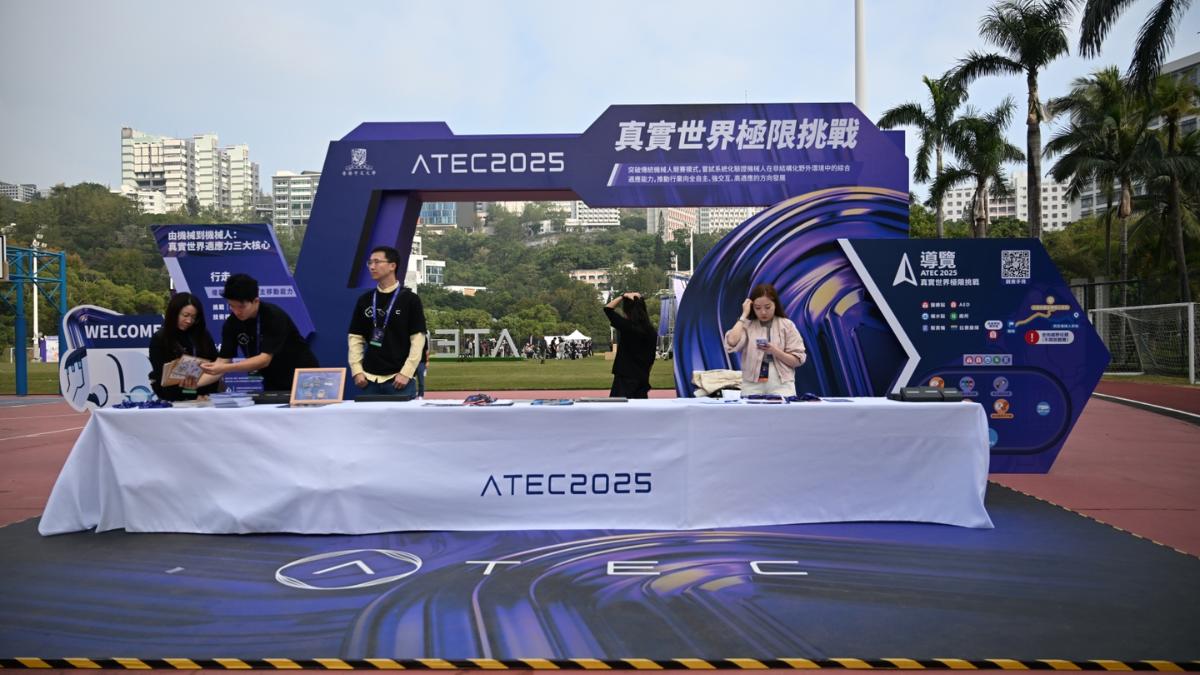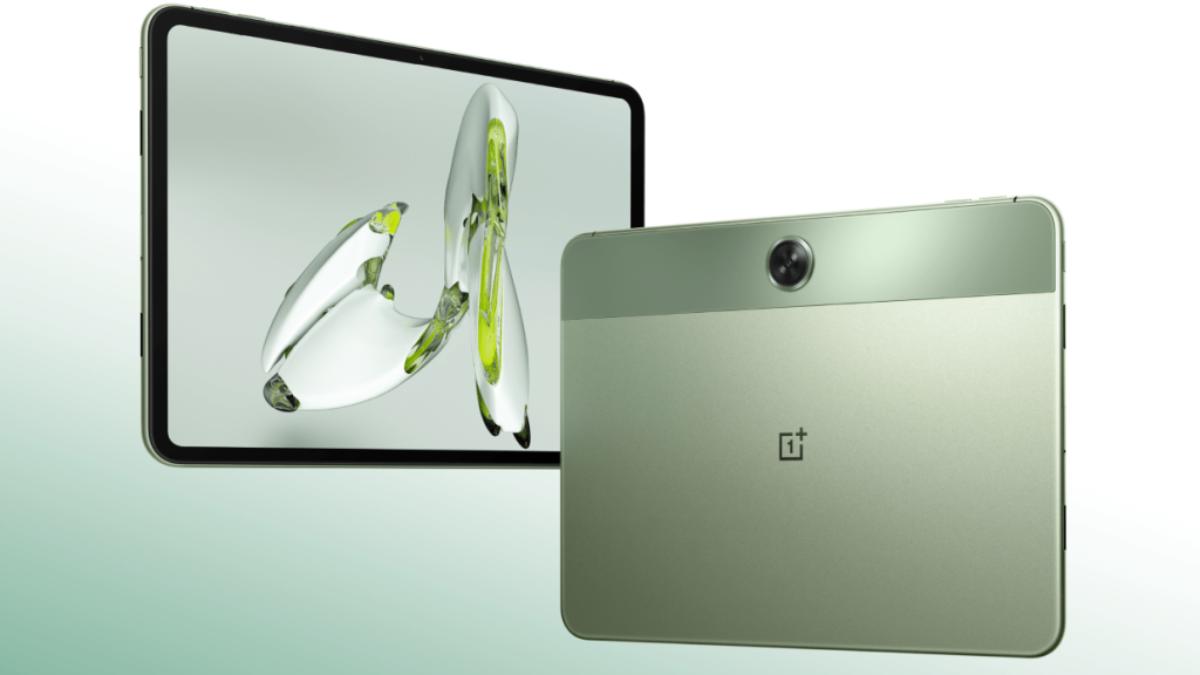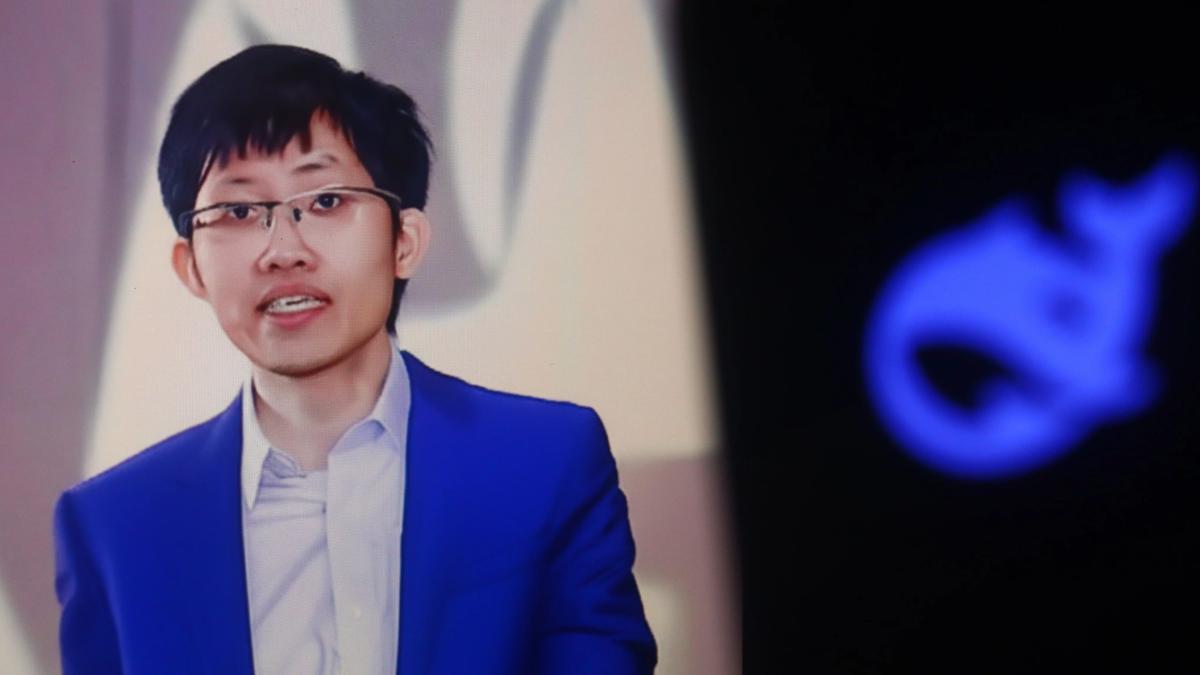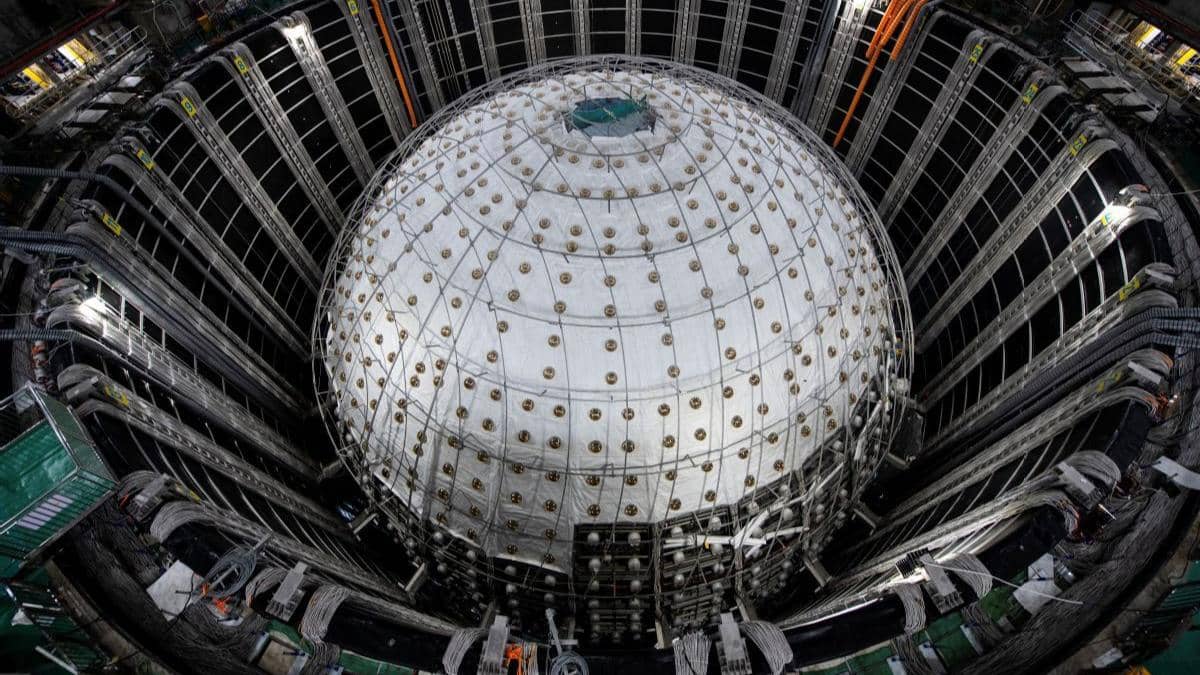Since the US imposed a ban on Huawei in 2019, the company has invested in more than 60 Chinese semiconductor firms to build a self-reliant chip supply chain. This effort aims to reduce Huawei’s dependence on US technology and advanced products.
Huawei’s subsidiary, Hubble, a venture capital company founded in 2019, has led these investments.
Hubble holds equity shares in over 50 chip companies, focusing on all stages of the semiconductor supply chain—from design and materials to manufacturing and testing. Most of these stakes remain below 10%.
Among recent investments, Huawei backed Huahai Chengke New Material in 2021, a company producing packaging materials for high-bandwidth memory processors.
Last year, it invested in Suzhou Carbon Semiconductor Technology, which develops carbon nanotube-based wafers considered superior to traditional silicon wafers.
Huawei plans to design a 3-nanometer chip by 2026 using these carbon-based wafers. These developments aim to support advanced processors for smartphones and AI devices.
Despite these investments, rising chip development costs contributed to a $56 million net loss for Huawei in the fourth quarter of 2024. However, the company views these expenses as an important part of its growth strategy.

